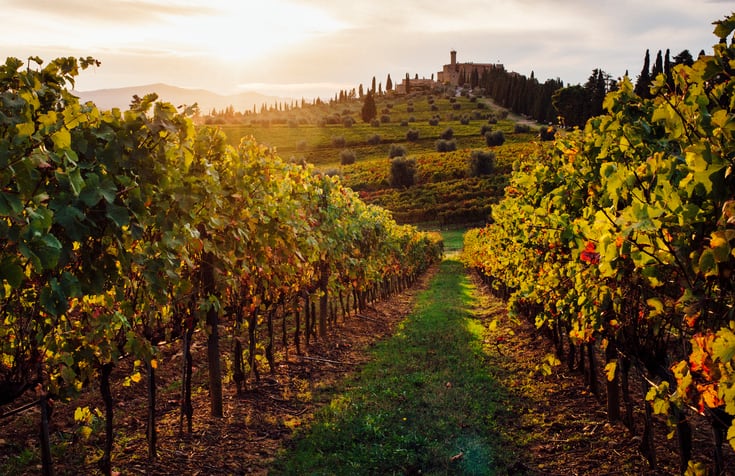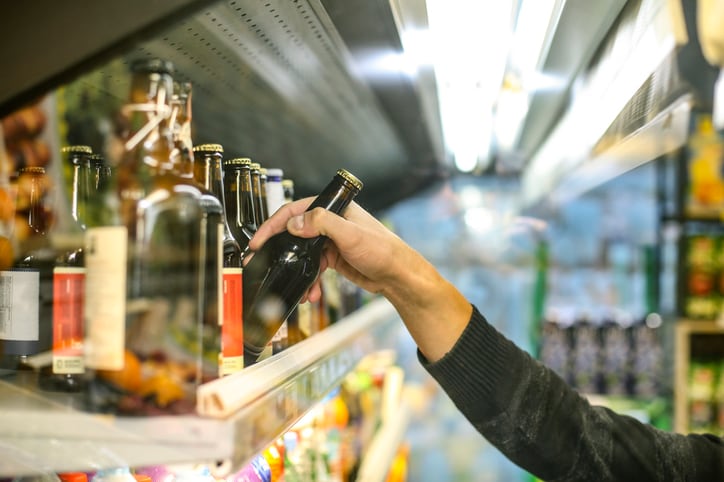The European wine industry – like the wine industry globally – is facing numerous problems. There’s shifting consumer trends, with people drinking less wine. There’s climate change that is affecting where wine can be grown (as well as introducing uncertainty for winemakers) while the global market is extremely volatile (US tariffs being just one example).
So the EU has set out a range of measures that are designed to help winemakers.
The seven key changes to the wine policy framework address three key problems for the wine industry.
Firstly, there’s the problem of oversupply. Consumers are increasingly turning away from wine – leading to dramatic surplus. So the framework wants to take action on this, such as by helping producers remove unwanted or excess vines. And – noting the decrease in wine consumption, the strategy looks at ways to entice consumers back to the category. That could be through lower alcohol wines, or by boosting wine tourism to engage consumers with the category.
Secondly, there’s the challenge of climate change. Research has shown how the map of wine regions could be altered dramatically over the coming years. In the most severe warming scenarios, most Mediterranean regions risk becoming unsuitable for wine production (90% of traditional wine regions situated in the lowlands and coastal regions of Spain, Italy and Greece could be at risk of disappearing by the end of the century). So the EU’s plan sets out a budget to help winemakers introduce mitigation measures.
And thirdly, there’s the age-old problem of red tape. The EU is introducing measures to make this easier for producers, as well as making cross-border trade more agile.
In a package pushed through in just three months - speedy work for the body - the EU is trying to make life easier for wineries by addressing all of these problems.
The Comité Européen des Entreprises Vins, which represents European winemakers, has welcomed the framework and says it is a good package for producers.
Ignacio Sánchez Recarte, Secretary-General of CEEV, said: “We stand ready to work with the Commission, the European Parliament and the Council to fine tune the proposal. An expedited adoption is necessary”.
Richard Halstead, COO Consulting & Consumer Insights at IWSR, points out that the challenges that the wine industry faces are structural.
While they are not unique to the EU - they are challenges the industry faces globally - they are acute in Europe (France, Italy and Spain are the world’s top producers, making up some 47% of world wine production).
“Wine is a very major industry in the EU, and the EU is trying to help producers by making life a little bit easier and give them more degrees of freedom,” he said. “But you have to remember that there’s too much wine around, too many glasses on the table, and it’s going to be tough to make money in this industry unless something’s done about the supply and something’s done about enabling producers to adapt their product to meet today’s needs, as opposed to the needs of 20 or 30 years ago.”
Tariff threat
CEEV secretary general Ignacio Sánchez Recarte points out that the threat of tariffs could yet undo all the good intentions of the strategy.
“The wine package will fall short if a trade war involving wine erupts between the EU and the US,” he said. “Even though the 200% tariffs on EU wines have not been applied, the closure of the US wine market to our wines is already a reality, as importers have halted all shipments for fear of the potential tariffs. This is costing EU wine companies €100 million per week. An urgent solution is needed — wine must not be held hostage to unrelated trade disputes.”
The value of EU wine sold in the US in 2023 was over $11 billion, according to IWSR, which is a global leader in beverage alcohol data and insights. Halstead agrees that tariffs create a difficult market.
“The threat of tariffs creates such a volatile situation, so it’s really difficult to predict the extent of a structural shift in the industry,” he said. “But I would add a data point: we know how big an effect tariffs can have because we saw the impact of tariffs when China put 200% tariffs on Australian wine in 2021. Australian wine volumes fell off a cliff – they went to almost nothing – because they were no longer competitive.
“Most people pivoted away from Australian wine while tariffs were in place, it looks like they’re coming back to it now the tariffs are no longer in place, but the market is much smaller than it was five years ago.”



